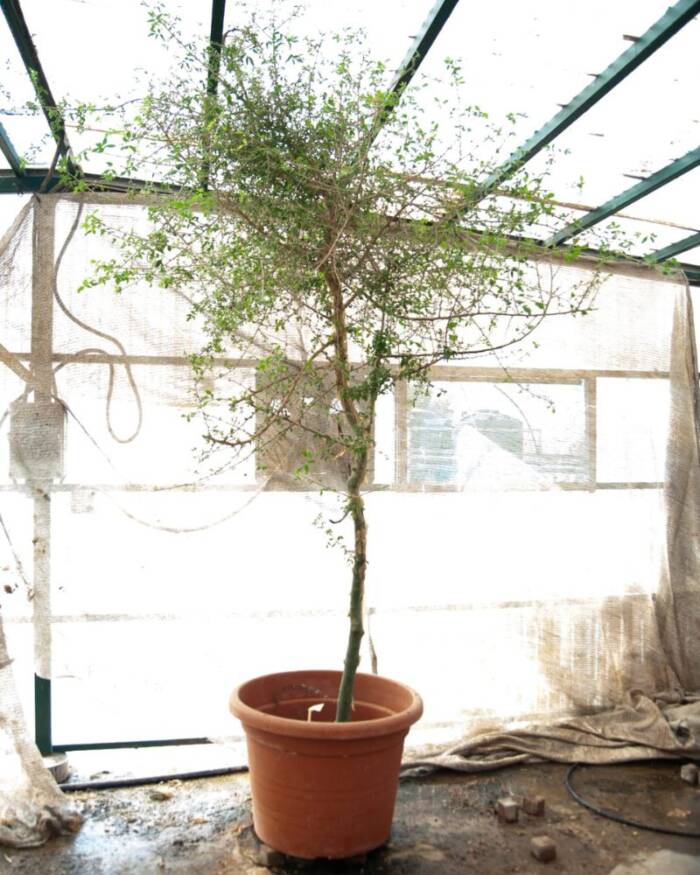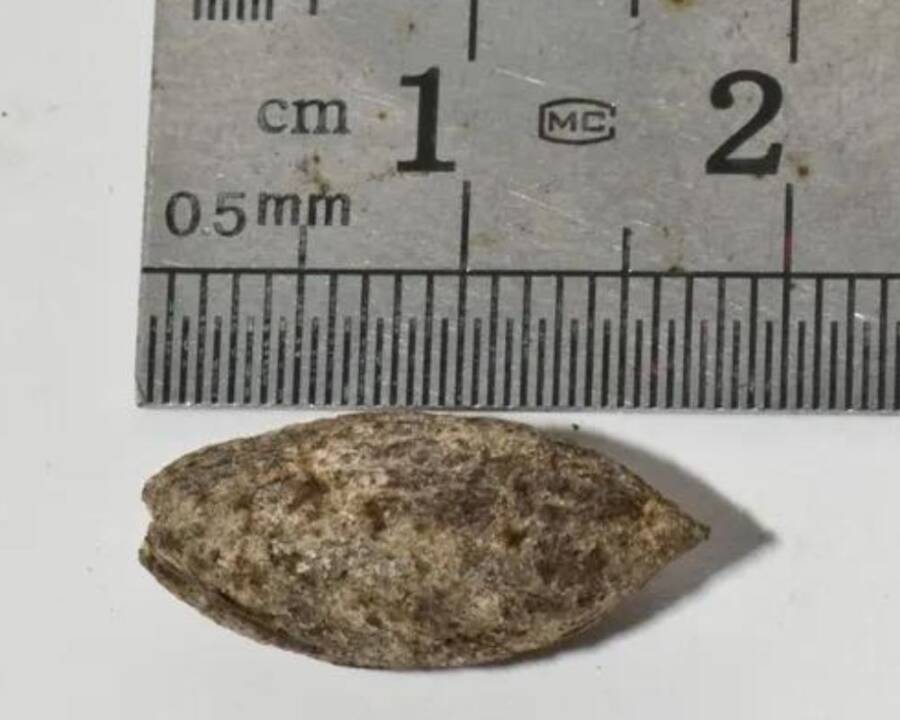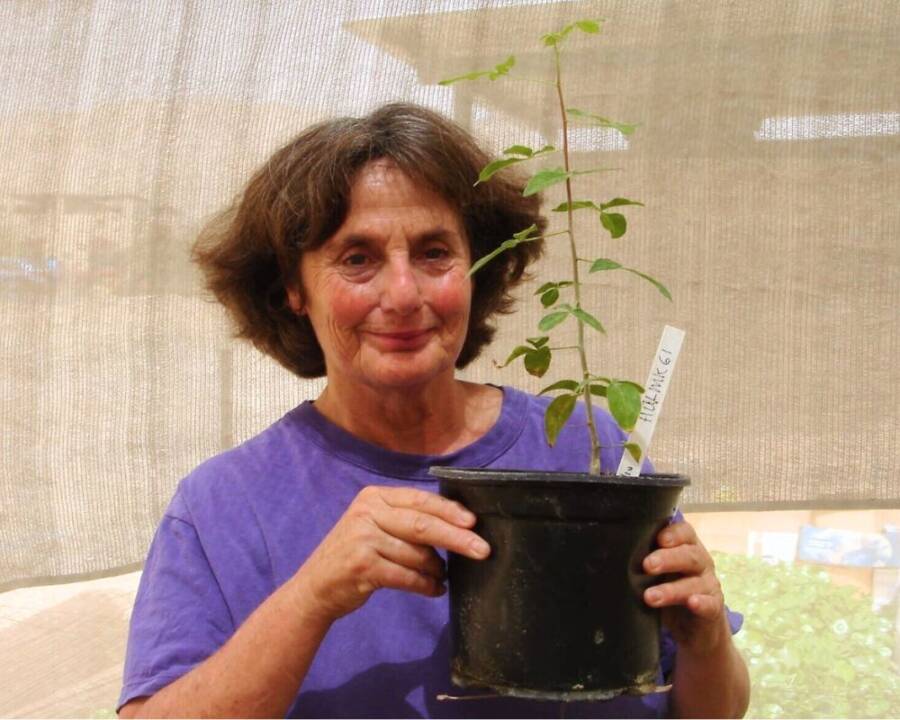For the past 14 years, scientists have been growing a tree named "Sheba" from a 1,000-year-old seed that was found in a cave near Jerusalem, and now researchers believe it may be a lost species that was mentioned in the Bible.

Guy Eisner/Communications BiologySheba, the Commiphora tree grown from the ancient seed found in a desert cave.
In the 1980s, archaeologists excavating a cave in the Judean Desert discovered a mysterious seed dating back to between 993 and 1202 C.E. Then, in 2010, Dr. Sarah Sallon, a researcher at the Hadassah Medical Organization in Jerusalem, retrieved the seed from storage and successfully germinated it, nicknaming the plant “Sheba.” Over the past 14 years, Sheba has grown into a 10-foot-tall tree, and the plant is now large enough for scientists to properly study.
DNA sequencing and chemical analyses have revealed that the tree is part of the Commiphora genus within the frankincense and myrrh family. What’s more, researchers believe that Sheba could be a “lost tree” mentioned several times in the Bible.
Researchers Find An Ancient Seed In A Judean Desert Cave
In the 1980s, archaeologists excavating a cave in the Judean Desert near Jerusalem discovered a mysterious seed that measured less than an inch in length. Radiocarbon dating of the seed determined it originated between 993 and 1202 C.E.
Two decades later, Dr. Sarah Sallon, the director of the Louis Borick Natural Medicine Research Center at the Hadassah Medical Organization in Jerusalem, retrieved the seed from the archives at the Institute of Archaeology of Jerusalem’s Hebrew University and decided to germinate it.

Guy Eisner/Communications BiologyThe 1,000-year-old seed found in a cave in the Judean Desert near Jerusalem.
Dr. Sallon had experience germinating ancient seeds. Previously, she had grown a date tree using 1,900-year-old seeds, which produced Judean dates in the region for the first time in centuries.
So, Dr. Sallon planted “Sheba” in 2010. Five weeks later, the seed sprouted. Now, after 14 years, Sheba is 10 feet tall — and researchers may have identified it as a “lost tree” from Biblical times.
The ‘Lost Tree’ Described In The Bible
Now that Sheba is large enough to study in full, scientists have carried out various chemical analyses to accurately identify the tree.
As described in a study recently published in Communications Biology, Dr. Sallon and other researchers conducted DNA sequencing, phylogenetic analysis, and phytochemical research on Sheba.
The team discovered that the plant is part of the Commiphora genus, which includes around 200 species that are found throughout Africa and the Middle East. They first thought the tree may be a Judean Balsam, but its chemical profile suggests it’s something completely different.

Guy EisnerDr. Sarah Sallon, the lead author of the study, holding Sheba in 2010.
Now, researchers think Sheba may be an “extinct (or at least extirpated) species of Commiphora once native to the region suggested by early Biblical texts.”
The tree’s bark yields resin that Sallon and her team believe is tsori, a valuable resin described in the Bible that was used for everything from perfume and incense to cataract medication and poison antidote in ancient times. Experts say tsori was likely made from a plant in the Gilead region, which is exactly where Sheba’s seed was discovered.
For now, researchers plan to conduct additional testing on the tree as it continues to grow and hopefully flower.
“[This is] like a treasure chest of lost flora,” Sallon told The Times of Israel. “It’s been hugely exciting. It’s bringing something back to life from 1,000 years ago.”
After reading about the ancient seed that was grown into a “lost” Biblical tree, go inside the true story of who wrote the Bible. Then, read about the bizarre and often frightening way the Bible describes angels.





